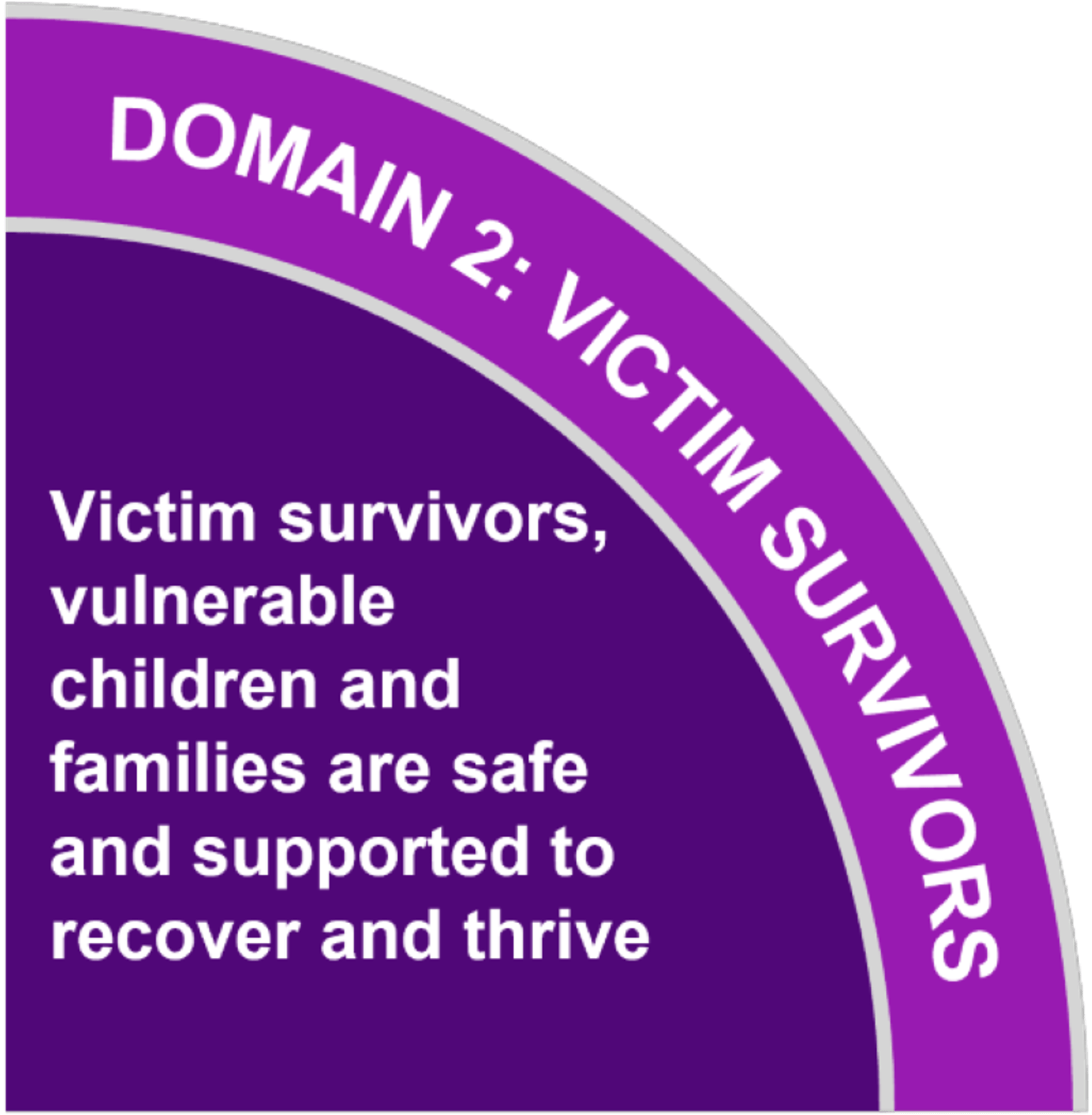The Royal Commission highlighted how complex the family violence and sexual assault service systems were for victim survivors and families. Many people did not know what supports were available or how to access them. When people did seek help, they encountered a system that was difficult to navigate.
Under the reform, victim survivors are accessing more timely and responsive assistance, tailored to their individual circumstances. Supporting victim survivors is at the heart of the many changes across family violence services, housing, Victoria Police and the Magistrates’ Court.
The Royal Commission also found children and young people were often the ‘silent victims’ of family violence, but that this was shifting with children and young people being increasingly recognised as victim survivors in their own right. It found there was a need for dedicated support for children and young people, tailored to meet their distinct needs.
Since 2016, significant progress has been made in strengthening our response to children and young people as victim survivors in their own right and to drive change where children and young people interact with the system.
Our outcomes
Victim survivors, vulnerable children and families are safe and supported to recover and thrive
- Families are safe and strong.
- Victim survivors are safe.
- Victim survivors are heard and in control.
- Victim survivors rebuild lives and thrive.
Strengthening our data
To measure our outcomes for victim survivors, we rely heavily on service delivery data to track change and the impact of reforms over time. This data is drawn from four key datasets: police incidents, intake services across The Orange Door, Safe Steps and men’s referral services, case management and refuges, and therapeutic programs.
As previously mentioned, the current data sets captured across these systems are dependent on distinct platforms that do not connect. One of the challenges we need to address is that, currently, these datasets do not talk to one another to track client progress across different types of services. This makes it difficult to monitor victim survivors’ journeys through the family violence system and to measure outcomes across the system.
Across Australian states and territories, there is increasing commitment to strengthen family violence and sexual assault data collection systems. This is reflected as a priority under the National plan to end violence against women and children 2023–2032.
Work is also under way to develop short- and medium-term indicators and measures for victim survivors with a clearer connection to reform activities.
Data in this report
Data for the ‘Victim survivor’ domain has been sourced from the Crime Statistics Agency, the Victorian Police Law Enforcement Assistance Program and the Coroners Court of Victoria. Other data sources are Homelessness Data Collection, and the Orange Door Client Relationship Management (CRM) system.
Updated
